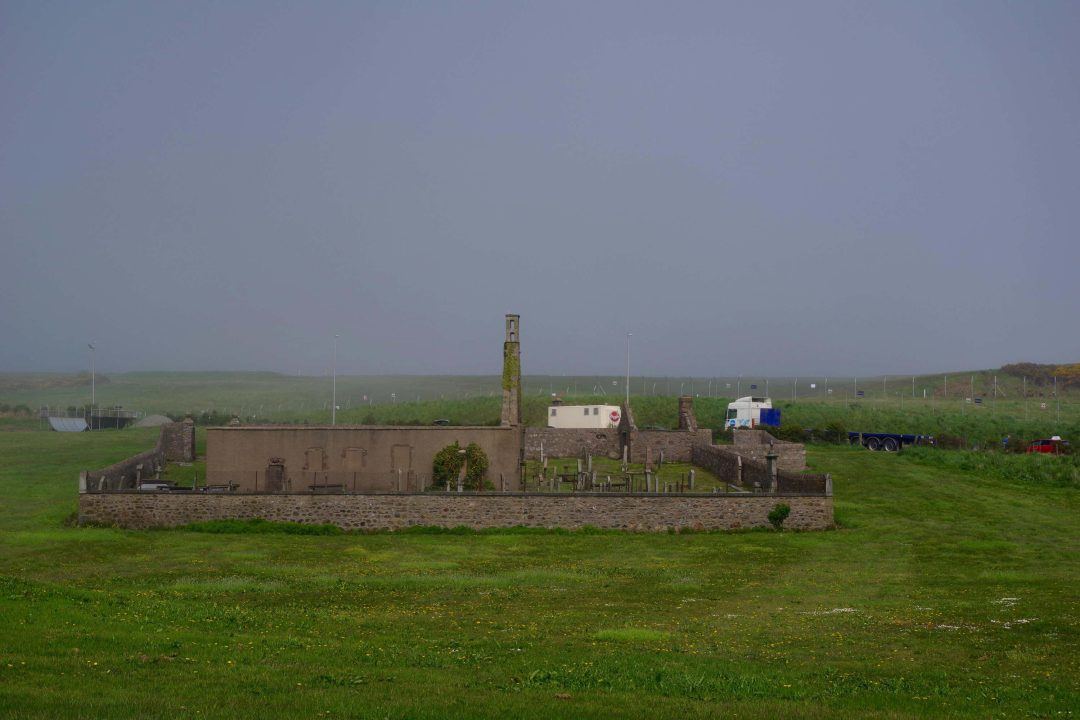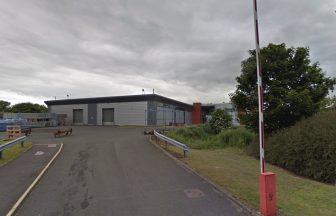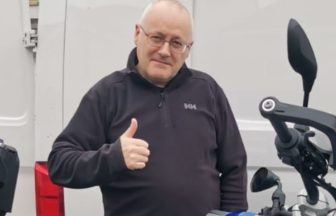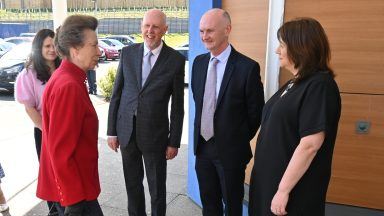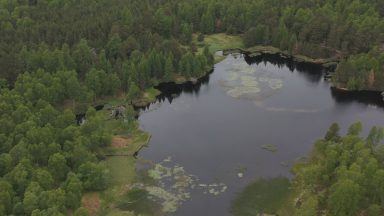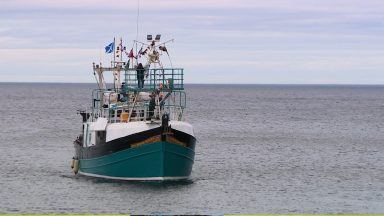Climate activists have set up camp in an Aberdeen park in protest over plans to build an Energy Transition Zone (ETZ).
The group will occupy part of St Fittick’s Park in the Torry area of the city, a third of which could be used to develop an industrial zone aimed at boosting the renewables sector in the region.
Billionaire businessman Sir Ian Wood is the chairman of the ETZ board, which also includes representatives of Shell, the North Sea Transition Authority and Scottish Enterprise.
But the plans have been met with opposition from some local residents and climate campaigners, with the camp due to last until Monday.
Organisers have already been given a notice to quit by the council, which owns the land, with further legal action threatened if they refuse to leave.
Scott Herrett, the spokesman for Friends of St Fittick’s Park, said: “The future of St Fittick’s Park is still in doubt, and the Climate Camp’s continued support is crucial to the campaign.
“It’s a stark reminder that the plans for the ETZ in the park are not about tackling the climate crisis.
“We hope this summer even more supporters will join our campaign. Together we can win the fight to protect St Fittick’s park from oil billionaire Ian Wood’s disastrous ETZ plans.”
To make up for the loss of some of the park, ETZ’s plans have allowed for an extension to the existing skate park, additional play facilities and space for community growing.
A spokesman for Aberdeen City Council said: “The council is aware of the climate camp set up at St Fittick’s Park.
“The council has assessed the situation in partnership with Police Scotland and, given that the land is council-owned, has liaised with the organisers, issuing them with a notice to quit.
“If they fail to vacate, the council will seek a court order as we would in all instances of unauthorised occupation.”
A spokeswoman for ETZ said: “Through our Community & Coast programme, ETZ Ltd are firmly committed to enhancing wider green spaces in proximity of the energy transition zone in co-design and collaboration with the local community.
“This will include significant improvements to St Fittick’s Park, Tullos woods and the coastal path corridor as part of the project’s wider regeneration ambitions.
“It is important to highlight that we have proposed utilising, subject to planning, a significantly reduced area of development to St Fittick’s Park with just over half of the Aberdeen City Council proposed sites being developed equating to less than a third of the park overall.
“The ability to connect land with port assets, and transport large components to and from quayside, is a fundamental requirement so we achieve the investment required to ensure Aberdeen is positioned to capitalise on the vast opportunities provided by new and green energies, particularly offshore wind.
“Almost all other ports of scale across Scotland are making similar investments and we simply don’t want Aberdeen to miss out on the opportunity to position itself as a globally recognised hub for offshore renewables and the significant job benefits this will bring.”
Those in the climate camp have also aligned themselves with those impacted by the situation faced by local residents in relation to reinforced autoclaved aerated concrete (Raac).
The unstable material has been used in building projects across the UK but, in Aberdeen, 364 council properties in the Balnagask area near Torry were found to contain the material, with residents permanently re-homed over safety fears.
“The situation residents in Torry have been faced with has torn the once strongest community in Aberdeen apart,” said Amie Bruce, a member of the Torry Community Raac Campaign group.
“People are worried, stressed and scared about their future and the financial impact of whatever decision the council makes – whether that will be remedial works, retrofit, or demolition,” she added.
Follow STV News on WhatsApp
Scan the QR code on your mobile device for all the latest news from around the country


